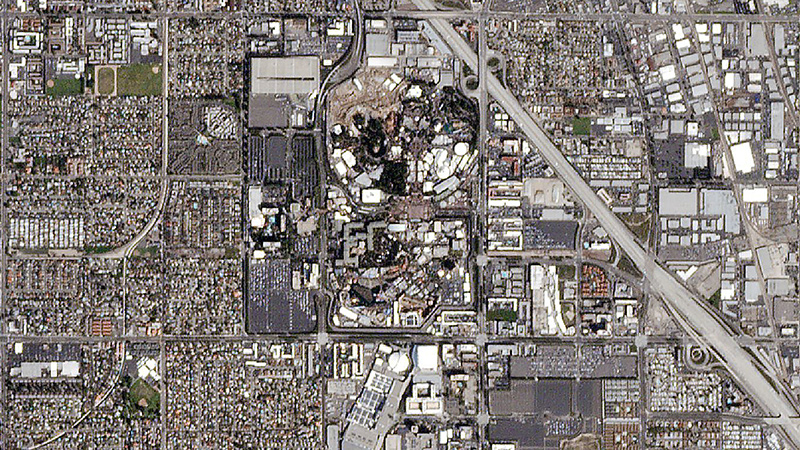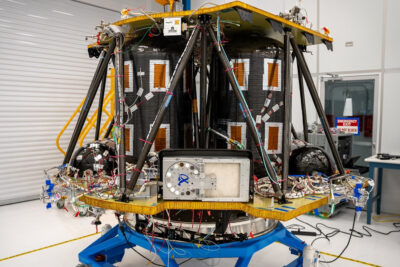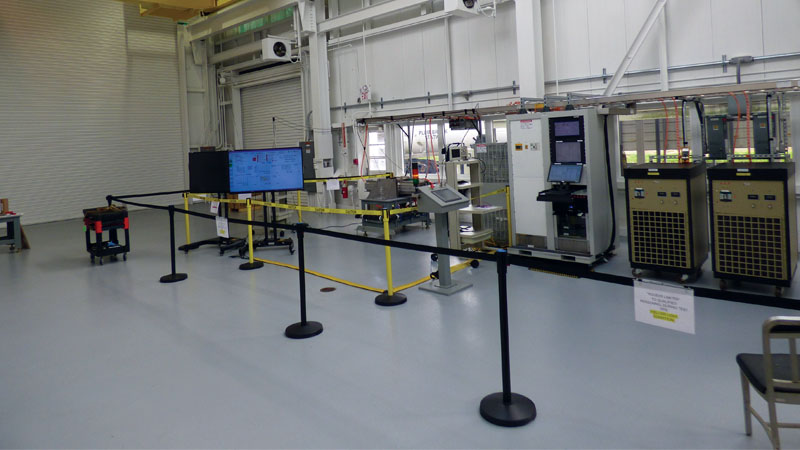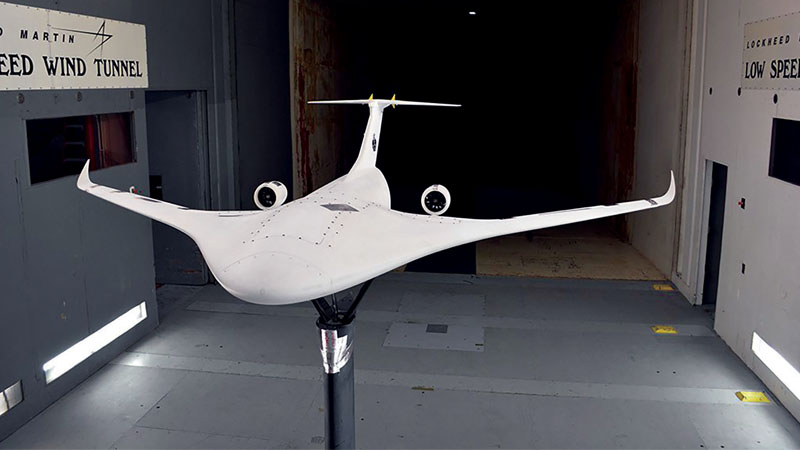Record launch included 100 small satellites
By Martin Lindsey|December 2017
The Small Satellite Technical Committee works to advance the science and engineering of satellites, launch vehicles and ground systems to enable the development of small and highly capable spacecraft.
Small satellites continue to transition from academic teaching tools to tools for commercial and government space missions. The number of small satellites on-orbit grew exponentially in 2017.
The Indian Space Research Organization set a record for a launch Feb. 15 with the Polar Satellite Launch Vehicle C37 mission, which deployed 104 satellites into sun-synchronous orbit. More than 100 of these were small satellites, including 88 Planet Labs 3U-cubesat Flock-3p Doves and eight Spire Lemur-2 spacecraft. Planet Labs’ Doves, combined with its satellites already in orbit, can “image all of the Earth’s landmass every day,” according to the company. Spire’s satellites track ship traffic and gather global weather data through GPS radio occultation, which calculates atmospheric properties from the deflection of GPS radio waves.
In another first for small satellites, Rocket Lab reached space with its inaugural “It’s a Test” launch of the Electron rocket May 25 from its Mahia Peninsula launch site in New Zealand. The rocket did not make orbit due to misconfiguration of telemetry equipment owned and operated by a third-party contractor. The event still marked the first orbit-capable launch from New Zealand.
NASA’s Cyclone Global Navigation Satellite System of eight microsatellites — launched in December 2016 — started delivering worldwide tropical cyclone forecasting data in early 2017. Developed by Southwest Research Institute and the University of Michigan, CYGNSS increases the frequency of ocean surface wind measurements so storm forecasters can improve predictions of how the intensity of a tropical storm will change over time.
In another groundbreaking small satellite science mission, the John Hopkins University Applied Physics Laboratory in partnership with NASA, Draper Laboratory and L-1 Standards and Technology conducted the Radiometer Assessment using Vertically Aligned Nanotubes mission, completed in August. RAVAN began collecting data from Earth’s orbit Jan. 25. With a radiometer the size of a deck of cards, the RAVAN 3U-cubesat measures the Earth’s outgoing radiation across the entire spectrum from ultraviolet to far-infrared. The program’s 2012 proposal to NASA explains that the relatively small size and cost of cubesats like RAVAN make it more efficient for such constellations to “measure Earth’s radiative diurnal cycle and absolute energy imbalance to climate accuracies” — globally 0.3 watts per square meter.
This past year also saw virtual explosive growth in the development of propulsion systems and de-orbiting technologies for small satellites. The proliferation of small satellites into low Earth orbit and beyond has many governments, industry organizations and the small-satellite community grappling with the increasing risk of orbital collisions. As highlighted in the July-August issue of Aerospace America, companies are developing, building and flying a variety of electromagnetic and chemical propulsion systems tailor-made generally for microsatellites and specifically for cubesats. Similarly, a wide variety of de-orbiting technologies are being explored to enable small satellites to fly at increasingly higher LEO and still comply with the United Nations guideline to de-orbit within 25 years of end-of-mission.



































